Introduction to Copper Alloy Valves
Valves made from copper alloys are essential components in managing the flow and pressure within piping systems. These valves offer durability and resistance to corrosion, making them suitable for various applications. From intricate industrial processes to simple residential plumbing, copper alloy valves play a pivotal role in fluid control.
Types and Applications
The versatility of copper alloy valves is evident in their wide range of types, each designed for specific functions. The copper alloy gate valve is commonly employed in the on-off control of fluid flow, ideal for use in main pipelines. For precise control over water flow in residential settings, the solder brass ball valve to copper piping is a popular choice due to its secure and leak-proof connection. In industrial settings, where pressure regulation is crucial, the watts lfn45b copper 3/4 in mnpt pressure reducing valve ensures a stable downstream pressure and prevents damage to the system components.
Features and Materials
Copper alloy valves are known for their robust construction, with materials carefully selected for their properties. Alloys such as bronze and brass are common, providing an optimal balance between strength and malleability. Features like the thermostatic mixing valves offer the advantage of temperature regulation, mixing hot and cold water to prevent scalding in taps and showers.
Advantages of Copper Alloy Valves
The advantages of using valves made from copper alloys are numerous. They are inherently resistant to biofouling, making them suitable for systems like backflow preventers that safeguard water supplies in commercial and residential buildings. Additionally, their excellent thermal conductivity ensures efficient operation in systems requiring temperature control.
Selection Considerations
When selecting a copper alloy valve, it is crucial to consider the specific requirements of the application. Factors such as the type of fluid, operating temperature, and pressure requirements will determine the most suitable valve. For instance, a ball valve may be ideal for quick shut-off requirements, while a butterfly valve could be better suited for flow regulation in larger pipes.
Conclusion
In conclusion, the range of copper alloy valves available caters to a multitude of applications, each designed to provide reliable and efficient flow control. With a selection that includes everything from check valves to pressure reducing valves, professionals can find the appropriate valve to meet their system's needs, ensuring functionality and longevity.






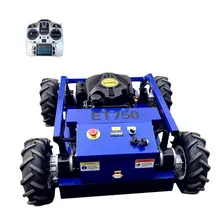

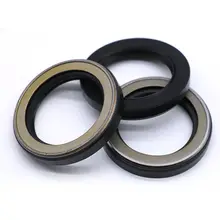
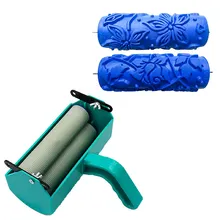
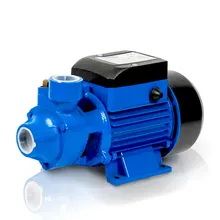





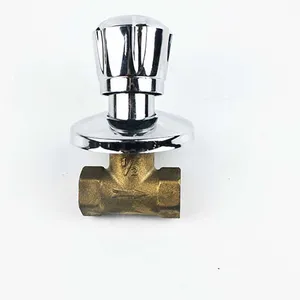
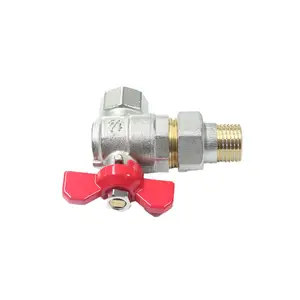
























 浙公网安备 33010002000092号
浙公网安备 33010002000092号 浙B2-20120091-4
浙B2-20120091-4